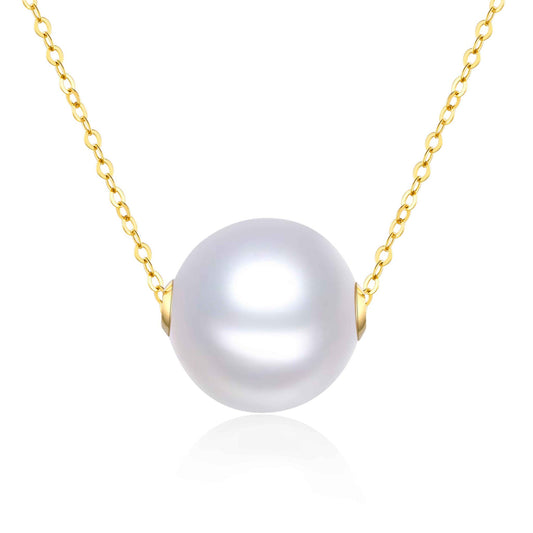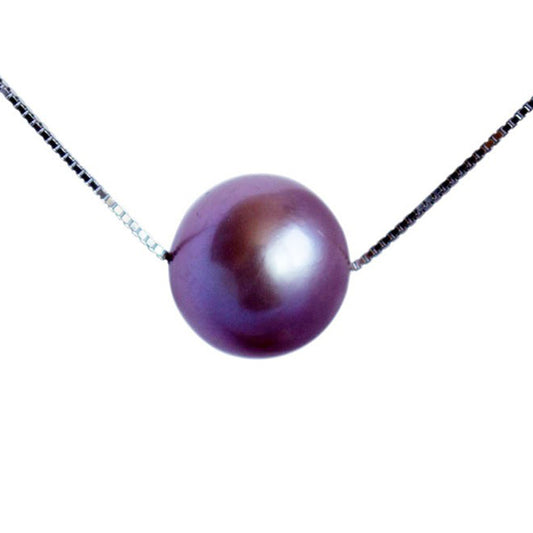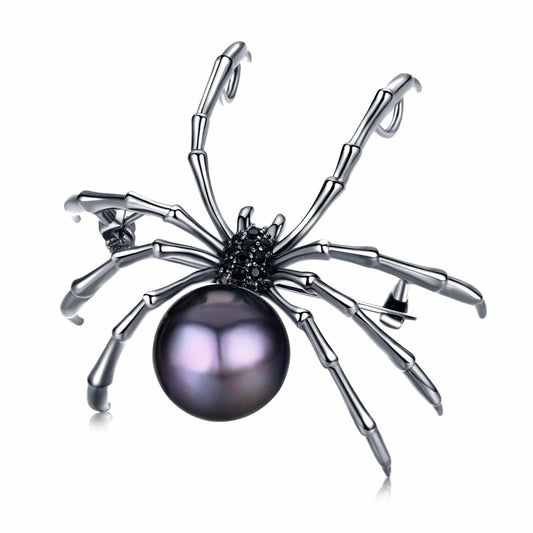War, Shyness, and Discrimination Formed the Pearl inside
Humans tend to think that if you want to accomplish something, we need to be forceful and sure of ourselves and our paths. But pearls don’t use force. With quiet commitment and hard work, oysters fix a big problem in the safety of their tiny shell: a grain of sand or an implanted bead. The outcome of all that hardship – without the oyster really knowing if it’s going to work – is a shimmering pearl. We believe that people are like oysters, and that hard times, mistakes – the so-called ‘pebble in our shoe’ – can help us calmly channel our energies in such a way that we leave our own pearlescent legacy. In honor of this unique human quality, we have started a series to look at some of the women who have lived their lives like pearls. We call it the Living like a Pearl series and you can find the other stories here.
________
It seems one of the defining characteristics of Clara Barton’s young life was that she was shy. While she spent her days running around the farm of her successful farmer father, playing with her boy cousins, and riding horses, she had trouble making friends or speaking to adults. Yet in this shyness lay an already caring soul, who at ten years old took it upon herself to nurse her brother back to health when he fell from a roof. Her parents were concerned about her shyness to the point that they had a female cousin move in to teach her etiquette. But when she was sent to high school to ‘cure’ the shyness, she came back depressed, unwilling to eat, and even shyer.
It doesn’t really sound like a woman who would go on to be inducted into the National American Women’s Hall of Fame. But Clara lived her life like a pearl. She layered her shyness with helpfulness, which turned into important experiences, and like an oyster layers the bead inside the shell with nacre, she slowly but surely became stronger and emerged as a true pearl in American history: the famous self-taught nurse who established the American branch of the Red Cross.
Despite her early experience with her brother, she didn’t always know she wanted to be a nurse. She became a teacher first, building her confidence there. But when a school she had established became bigger and the school board decided it was not befitting that a woman runs such a large institution, she was replaced with a man and demoted to female assistant. Her timidity came back to haunt her: After having a nervous breakdown, while suffering from various health ailments, she left the school.
Her next job was in Washington as a clerk in the US Patent Office – the first time a woman had received this position in the federal government. But the fact that she was a woman again bothered people. Her position was reduced to copyist, and then she was fired. She only returned in 1861, when politics had changed, hoping to pave the way for more women in government. But it’s also just about the same time that Clara’s true calling came.
In the spring of 1861, the first clash of the Civil War took place. The injured from the Massachusetts regiment were brought to Washington DC, near her home. Clara wanted to be of service to her country, and she knew how to care for the sick. So she went to the railway station and started helping. She transported supplies, fed the men, clothed them, and read to them. She rallied other women to do the same. She learned how to store and distribute medical supplies. In 1862 she gained permission to work on the front lines, and in 1864 she was placed in charge of the hospitals at the front of the Army of the James. Clara Barton became known as the ‘Florence Nightingale of America’ and the ‘Angel of the Battlefield’ through her humanitarian work.
After the war, she helped people to find missing and dead soldiers. This once shy woman gave talks on the war about her experiences, became an activist for civil rights and the woman’s suffrage movement, and then established the American branch of the Red Cross, which she went on to serve for 23 years and helped not only in times of war, but also when there were floods, famine, tornadoes or disease outbreaks.
Looking back it is clear: Clara’s life was indeed a beautiful pearl.




